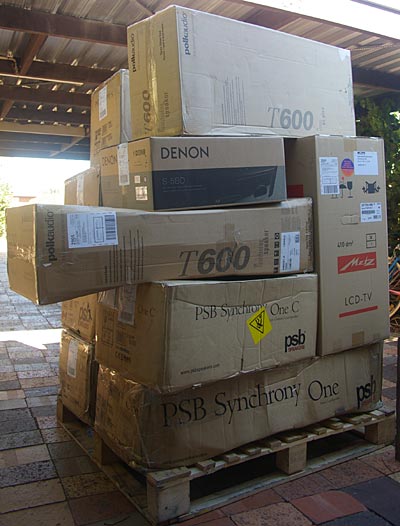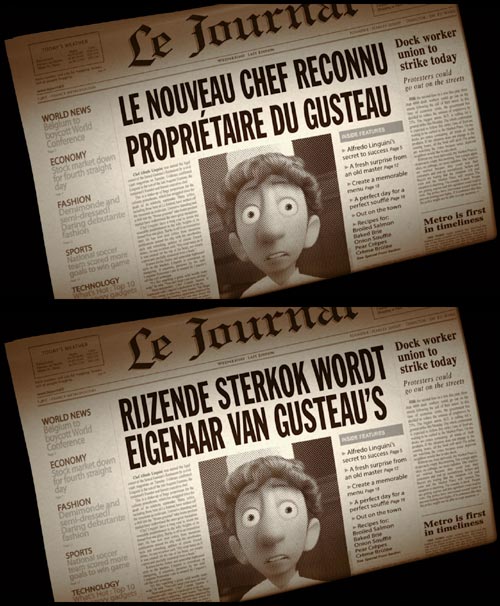On the AV Science Forum on the ‘NEW Unofficial Blu-ray Audio and Video Specifications Thread’ a question was raised as to why so many Australian Blu-ray discs are precisely 24fps, rather than 23.976fps. I responded as follows:
Originally Posted by Phantom Stranger:
Why are so many Australian Blu-rays incorrectly authored at 24 frames per second exactly?
Isn’t the correct implementation supposed to be 23.96 fps, as the major Hollywood studios do on Blu-ray?
“1080p / 24 fps / 16:9 / High Profile 4.1”
As far as I know, precisely 24fps is not ‘incorrectly authored’. This is a supported standard for Blu-ray.
In fact, the more interesting question might be, why are the vast majority of movie Blu-ray discs authored at (24/1.001)fps? After all, they were shot at 24fps!
My guess is that the reason is to cater for the relative inflexibility of some US TVs. You may recall that the first models of Blu-ray players were capable of 1080p60, but not 1080p24 output. US consumer equipment works at 60/1.001, not precisely 60, so conversion from exactly 24fps would have been problematic. However converting from 24/1.001 was relatively straightforward.
In Australia and other 50 hertz countries, we’ve never had any attachment for 60/1.001, aside from the fact that most of our TVs have supported this standard since the late 1990s. Our primary interest has been in 50 hertz stuff.
Anyway, from a purists point of view, if the equipment is happy with it (as most modern equipment is: 23.976 or 24fps doesn’t worry it, it simply accepts the clock signal from the source), 24fps is preferable to 24/1.001.
I personally would prefer 24/1.001 simply because we can be confident that the great majority of equipment has been optimised for this, but I can understand how others would prefer the original. After all, because of the slower frame rate movie run times are a little longer (I’m assuming they don’t mutilate the film by dropping every thousandth frame). Obviously it isn’t much: a 120 minute movie at 24fps would run about seven seconds longer at 23.976fps. Not to worry, except that the audio must be adjusted to match, because within a few minutes the lip sync error would be unbearable. So the sound must be (slightly) reprocessed. In these digital days that an be done in a very sophisticated way, either retaining the original pitch while slowing the pace, or allowing the pitch to also lower slightly.
Originally Posted by Cinema Squid:
I vaguely recall something about 1080i50 being more directly convertible to 24 fps rather than 23.976 fps, but I can’t find a reference at the moment. This would make sense if these BDs are derived from existing broadcast encodes – although it begs the question, why not just leave them at 1080i50 if that is the case?
Some 1080p25 material has been converted to 1080p24 or 1080p24/1.001 — BBC documentaries if I recall correctly — because the 4% speed slowdown is considered tolerable, and it means access to the huge US market while full resolution is retained within the frame. Any other form of 50 to 24 or 23.976 (makes no difference, really) conversion of a progressive source means the introduction of interlacing or the loss of resolution. Acceptable for stuff that is already interlaced, but not for progressive source material.
I have 24 (coincidentally) 1080p24* titles in my collection, and all come from 24fps film (or film-like progressive HD video). No conversions involved.


 TNT carriers seem to be a bit short staffed at the moment. Half an order for some review products failed to arrive with the other half, and another full order simply hadn’t arrived as this last week drew to a close.
TNT carriers seem to be a bit short staffed at the moment. Half an order for some review products failed to arrive with the other half, and another full order simply hadn’t arrived as this last week drew to a close.